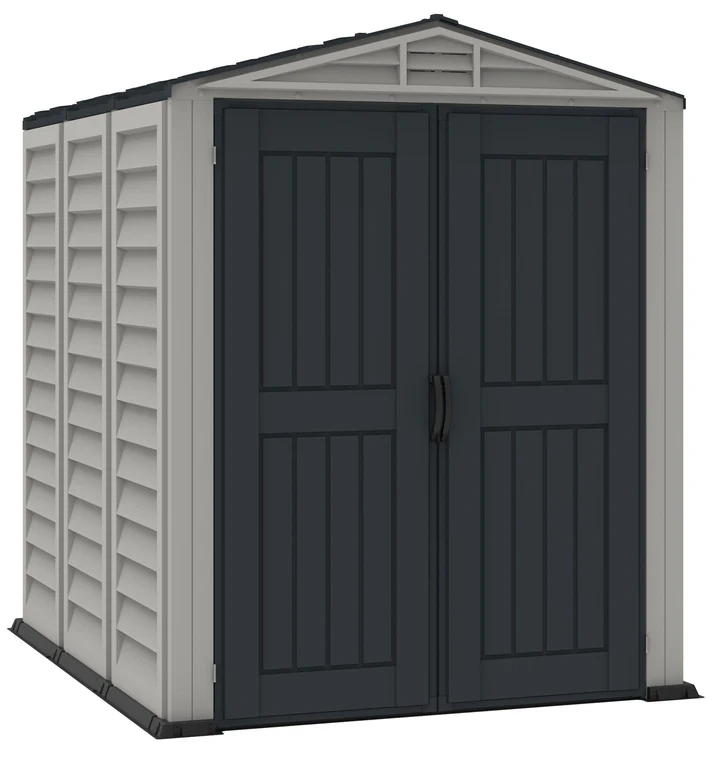One of the teacher’s most important tasks is to manage learning (from planning, implementation and evaluation) to help students achieve maximum learning goals.
But there are times when teachers cannot help students achieve the best results because students do not have the desire to learn. Students do not seem to want to participate in the learning process.
So what should a good teacher do? This article explains how you, as a teacher, can take important steps to help your students enjoy their classroom learning.
- Create an atmosphere in the classroom that inspires everyone
Neighborhood has a strong influence on human behavior. Similarly, the classroom environment has a strong impact on student behavior. Therefore, it is necessary to strive to ensure that the classroom environment has a truly positive impact on students.
To motivate students to learn, it is necessary to create such an atmosphere in the classroom that students love to learn. Notice the sky, light and color in the classroom. Less air and light will affect the pressing and tiring eyes. So it’s better to use bright colors.
You should strive for impressions such as great figures, inspiring words, dreams, poems and others. Also show the class rules agreed between the students.
- Manage a learning process that entertains each student.
The classroom climate will affect students’ moods, so when the learning process is fun, students will be more motivated and involved in learning.
Note: The fun learning process is important, but it is also important because it determines whether the process is effective or not.
Assessment methods should be prepared by asking questions based on what needs to be measured. Open questions are needed to develop students’ creativity and originality.
In addition, questions should encourage students to achieve something more they are capable of.
Too simple questions will no longer stimulate the mind to work. Instead, if the questions are too complex, they will turn off the students’ efforts. That’s why teachers need to be creative.

- Create a competitive atmosphere in the classroom.
In principle, everyone will be proud if he has more than others: better, more successful, smarter, richer, etc. Therefore, everyone has the instinct of competition.
However, as teachers, we need to develop a strategy to ensure that competition in the classroom remains attractive and students strive to compete with their classmates.
How did you get it? Organize a contest that can be watched by the entire class, and each student has the opportunity to become a champion. Make sure that the students who become winners are diverse, not just some of the students who have won the competition.
Make sure that every student at some point became a champion. This is in line with the principle of “every person is a champion in his field.” Teachers should therefore vary the type of competitions held in the classroom.
Provide enough learning resources in the classroom.
It is often the case that students do not want to study because of a lack of educational resources or even a lack of educational resources. For your class to enjoy learning, you need to provide enough resources, which means that resources are not only available, but also different.
If there are educational resources (diverse and adequate) students will be interested in learning. Training resources are provided primarily to support the curriculum, as well as for personal development and/or career development.
The teaching resources provided should really be in the classroom, not just in the library. Educational resources can be products that relate to printed documents, audio recordings, and videos.
The more diverse and complete the resources available in the classroom, the better they affect students’ interest in learning. So students love to learn.
Provide assistance to students with learning difficulties.
Another element that may make students interested in learning is the availability of support in learning.
